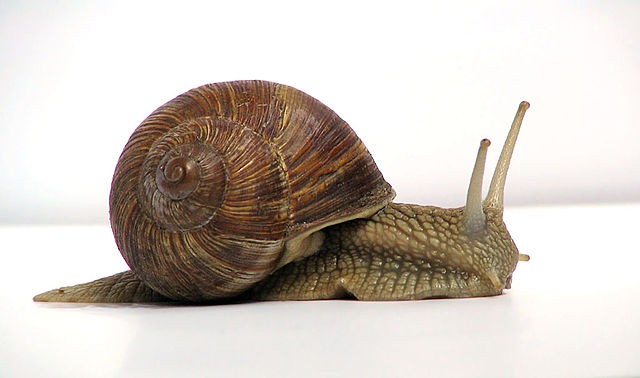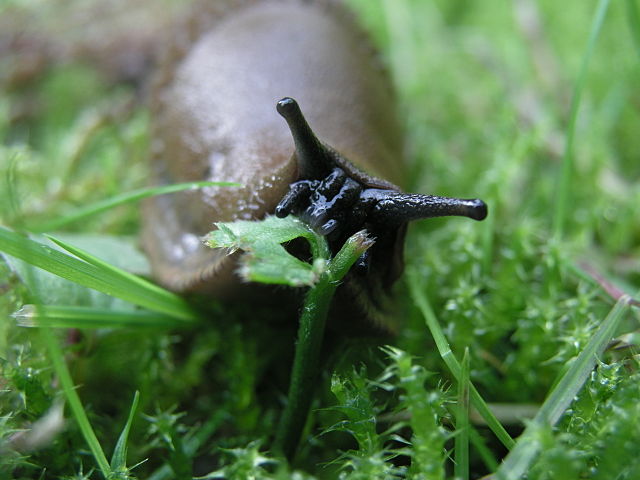The plague of snails is omnipresent, especially after this rainy May. All defensive measures such as sprinkling slug pellets, erecting slug fences and beer traps, collecting eggs are well-known tips, but they are of little help.

Keep snails away permanently
Nematodes are tiny, small threadworms. The (unpronounceable) Phasmarhabditis nematodes of the species hermaphrodita are suitable for use against slugs and the juvenile Spanish slug. The native slugs and snails, on the other hand, are spared from nematodes (and that is a good thing, because slugs and snails feed mostly on dead plant parts, acting as living compost and recyclers of leftovers, so to speak).
How do the nematodes get into the snail?
Phasmarhabditis can be distributed on the soil with a watering can or AquaMix (dosing device for the application of nematodes). The supplied portion bag with the nematodes is simply dissolved in water for this purpose. The ready-mixed solution still needs to be diluted, depending on how large the application area is (portion bags available in stores for 40, 100 and 800 square meters).
Our expert also gives the following tips:
The nematodes against slugs should be applied where it is damp and shady, and slugs like to retreat in dry conditions. Soil moisture is especially important for the nematodes because they move in capillary water. Infection of the slugs occurs through the soil.
Generally: treat open soil areas, not lawns, spot apply. The more intensive, the faster an effect can be expected (between three and eight weeks). Do not spread slug pellets anymore, at most Ferramol.
After spreading, the clever nematodes actively search for the snails in the moist soil. On contact, they enter the interior of their host. There they release intestinal bacteria (harmless to humans and vertebrates) that lead to infection of the harmful snails. A clearly visible sign of this is the swelling of the area behind the head. Shortly after infection, the nudibranch stops feeding and dies soon after. In the snail body, the nematodes multiply rapidly. After recycling the snail carcass, the nematodes swarm out to search for new hosts.
By the way, infected slugs seek out hiding places. You won’t find them as carcasses in the beds, and they don’t slime out like they do with various slug pellet products.

Important for the success of the treatment:
- Control is possible outdoors from March to mid-September.
- Greenhouses: all year round, as long as temperatures are sufficient.
- Soil temperature: 5 to 25°C, protect nematodes from temperatures below 0°C and direct sunlight, so apply only on days with overcast skies or in the evening.
- The soil should be kept moist for several days after nematode application.
- The treatment must be repeated several times to ensure a real reduction of slugs.

